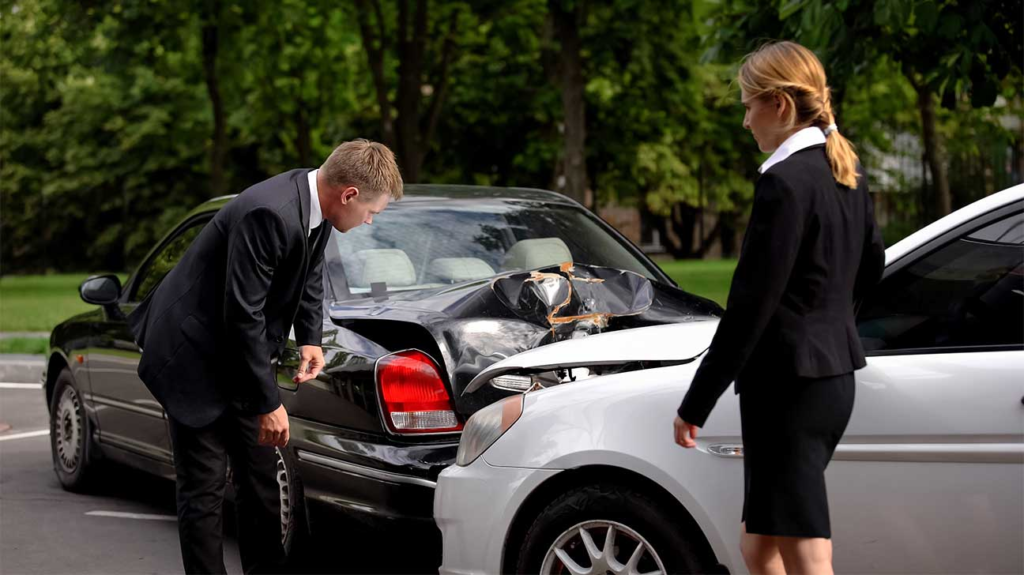Pedestrian accidents can result in severe injuries or even fatalities, leaving victims and their families grappling with physical, emotional, and financial hardships. If you or a loved one has been involved in a pedestrian accident, you may be entitled to compensation through a pedestrian accident lawsuit. This article explores the legal aspects of such cases, including how to file a claim, the types of compensation available, and the steps to take after an accident.When a pedestrian is hit by a vehicle, the consequences can be devastating. Common injuries include broken bones, traumatic brain injuries, spinal cord damage, and internal organ damage. In such cases, holding the responsible party accountable is crucial to cover medical expenses, lost wages, and other damages.
- Determining Liability in Pedestrian Accidents
Liability depends on the circumstances of the accident. Drivers are often at fault due to distracted driving, speeding, or failure to yield. However, pedestrians may also share liability if they were jaywalking or under the influence of alcohol. - Steps to Take After a Pedestrian Accident
- Seek immediate medical attention.
- Report the accident to the police.
- Gather evidence (photos, witness statements).
- Contact a personal injury attorney.
- Filing a Pedestrian Accident Lawsuit
To file a lawsuit, you must prove negligence on the part of the driver. An attorney can help gather evidence, negotiate with insurance companies, and represent you in court if necessary.

Compensation in pedestrian accident lawsuits may include:
- Medical expenses (current and future).
- Lost wages and reduced earning capacity.
- Pain and suffering.
- Emotional distress.
If you’re considering a pedestrian accident lawsuit, it’s essential to act quickly. Statutes of limitations vary by state, and delaying could jeopardize your claim. Consult with an experienced attorney to evaluate your case and pursue the justice you deserve.

